By Chapin Brinegar
Director of Instructional Design
Training professionals across the healthcare industry are currently contending with the enormous pressures brought on their organizations by the pandemic. Remote work, new technologies, emerging skill gaps, and the ongoing employment crisis have made effective training more important than ever to employee and organizational success.
As employee roles evolve to meet the demands of this rapidly changing environment, it’s critical that trainers focus on upskilling and reskilling in their training programs. Upskilling and reskilling, when done properly, can boost collaboration, confidence, and job satisfaction. Moreover, by preparing employees to quickly fill vacancies, effective upskill and reskill training can significantly lower hiring costs, prevent gaps in service, and better prepare organizations to meet future needs.
Consider these six tips as you incorporate upskilling and reskilling into your training curriculums.
- Establish a shared understanding.
Upskilling and reskilling are terms often used among trainers these days, but there is still some confusion about their meaning. At times, the terms are even mistakenly used interchangeably. Be sure to establish a common understanding of their definitions among your colleagues as you plan your training goals.
-
- Upskilling happens when an employee learns new skills or enhances existing skills within their current role.
- Reskilling involves teaching an employee new knowledge or skills so they can take on a new role or work in another part of the business.
- Analyze roles and uncover gaps.
Take time to assess the roles you support as a trainer. Carefully review job descriptions, competencies, and evaluation criteria. Then speak to employees about their experiences on the job to evaluate if the descriptions of the role on paper match reality. Identify training gaps—including knowledge and skills needed to complete activities outside the job description—and plan reskill and upskill training programs to fill these gaps.
- Anticipate future competencies by assessing current trends.
The migration to remote work over the past two years has brought with it a plethora of new digital communication and business tools. This trend provides an opportunity to improve employees’ technological proficiency while also fostering a growth mindset that welcomes ongoing change. Keep in mind that a focus on essential skills—such as emotional intelligence, agility, and managing change—will play a crucial part in helping employees adapt to the technological and workplace changes they face today and will confront in the future.
- Promote mentoring and job shadowing.
Mentoring and job shadowing provide employees with reskilling and upskilling experiences that are unattainable in the classroom setting. Unfortunately, such programs are underutilized in many organizations. Consider ways to partner tenured employees—or, when reskilling, employees in another department—to share and collaborate with less experienced employees. Though these programs can be conducted informally, instituting some general guidelines that define roles, set expectations, and describe what “good” looks like can help ensure their success.
- Instill a desire for growth.
As training professionals, we must encourage and motivate our employees to want to gain knowledge and skills. Too often, employees see new responsibilities as a burden rather than an opportunity. Counteract this view by celebrating growth, highlighting accomplishment, and providing an attainable vision of success. Consider instilling “growth champions”—peers who model success—to support and promote upskilling and reskilling programs.
- Begin today!
The first quarter of the new year is the perfect time to put your reskilling and upskilling training plans into action. Most employees and teams have set—or are actively developing—their annual goals. You have an opportunity to mold your reskill and upskill training to help them expand the knowledge and skills they need to reach these goals for 2022 and even beyond. Though planning new trainings and putting them into action takes considerable time and effort on the front end, the moment demands this effort. The healthcare marketplace will continue to rapidly evolve. As trainers, we must remain forward-thinking and creative to best enable our employees to succeed.
________
Chapin Brinegar holds a Master of Science in instructional technology and has more than 16 years of experience in education, corporate training, and instructional design. As the director of instructional design for Encompass, Chapin works closely with her clients to discover their specific needs and then designs, develops, and deploys learning solutions to meet them.


